A review of Sustainable Stormwater Management: A Landscape-Driven Approach to Planning and Design, by Thomas W. Liptan with J. David Santen Jr. 2017. ISBN 13:978-1-60469-486-4. Timber Press, Inc. Portland, Oregon. 280 pages.
“If we are to create living environments in which human beings can lead happy lives, we must plan cities and devise policies for land use that restore harmony with nature”. — Daisaku Ikeda, Thomas Liptan’s mentor
Thomas Liptan’s response to Ikeda’s statement is contained in the set of solutions offered throughout the book. They are mainly oriented to promote the continuity of the natural and vital cycle of water as it passes through built environments, bringing all sorts of benefits to the quality of contemporary citizens’ life.
As promised in the book’s title, a landscape driven approach becomes a fact. The book is filled with illustrations and comprehensive examples that give deserved importance to specific points that urban work in public space design often leaves unattended.
In a very clear and pleasant way, the author puts his experiences within reach of diverse, specialized and non-specialized public. Supported in abundant illustrative photography the reading becomes easy and didactic, mainly for those committed with the detailed design and implementation of urban works. It does not provide just the solution to technical challenges, as can be found in hydraulic engineering manuals on the matter, but motivates sensibility in his readers leading them to reflect on everyday details, which often go unnoticed for many. The content of the book becomes the bridge between engineering technics, the concerns from biology in urban situations, and the resultant landscape. This approach requires a perception shift (p.21), highlights the author and encourages designers to be aware of the rain-capture potential, and simultaneously requests technicians to soften their usually hard, grey physical works of runoff control, since those can be consciously addressed to make a sound, responsible, and profitable management of stormwater.
Sustainable Storm Water Management could be also considered a synthesis of the principal author’s life in relation to water cycle management in urban environments. Liptan starts sharing his first motivation: to put into practice what he had academically learned. Trained as a landscape architect, his career began with a challenge he received from his boss in one of his first jobs: “Put the water in the landscape”. From there, he has dedicated most of his career to research, design, monitoring, and maintaining green solutions for stormwater management. He effectively demonstrates that water management is not a field exclusive to engineers, as it has often been assumed to be.
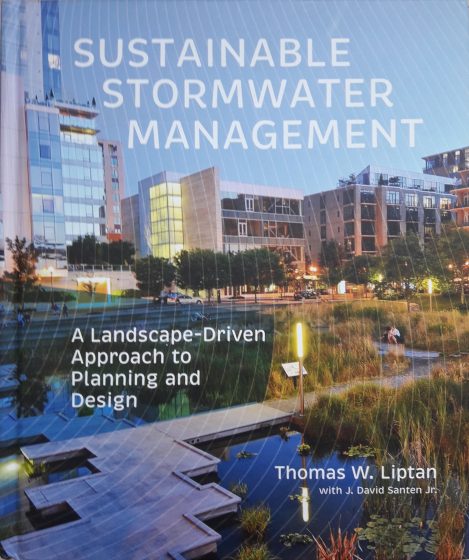
As the author states in the introduction: “Landscape stormwater management can catalyze urban design to become more integrated and alive, making communities more livable and sustainable” (p.17). This idea highlights the contribution of the storm water management in the achievement of a better life quality, which means that a good landscape design, bearing in mind that purpose, must go through the understanding and managing of each technical step: intercept rain, increase infiltration, slow and filter flows, facilitate evaporation, capture and redirects water for irrigation, and reduce flooding and emergency overflow.
Although most of the built examples illustrated in the book are located in Portland (Oregon), where Liptan worked for the Bureau of Environmental Services, he takes us on a journey through several places in the United States. Many cases are close to the west coast, around Oregon, California, and Washington; some in cities on the east coast such as New York, Washington, D.C., and Philadelphia; and cases representative of the center of the country like Chicago, Nashville, Louisville, Phoenix, and Austin. This geographical span demonstrates broad success in the kinds of design proposed here, applicable in many climatic and biodiverse local conditions. The idea is also reinforced by examples brought from countries such as Canada, Germany, Switzerland, Denmark, Sweden, and New Zealand.
The set of lessons presented in the book are well supported by sensitive, diverse, abundant, and eloquent illustrations that show the different steps through which the water flows, or could flow, as it passes through the built habitat, principally public space.
If we look carefully, all these steps are in every urban situation related to water. It is possible to notice them from the both large scale to minuscule scale examples, such as the porosity of the walkable city’s surface that passes unnoticed under the feet of the walker. An interesting and generally well received topic is rain gardens. Combining small slopes, calculated depth of water-accepting-vegetated-areas—as the author calls them—prevision of swale flow reduction and also prevision of destiny of eventual overflow, will permit an effective and low maintenance rain garden.
One of the main merits of the book is the way the authors merge two fields: the engineering view of water management and the benefits of doing it from the landscape perspective. The two blocks are logically ordered and divided under illustrative sub-titles that let the reader select or skip sections according to their interests. As promised in the book’s title, a landscape driven approach becomes a fact. The book is filled with illustrational and comprehensive examples that give deserved importance to specific points that urban work in public space design often leaves unattended.
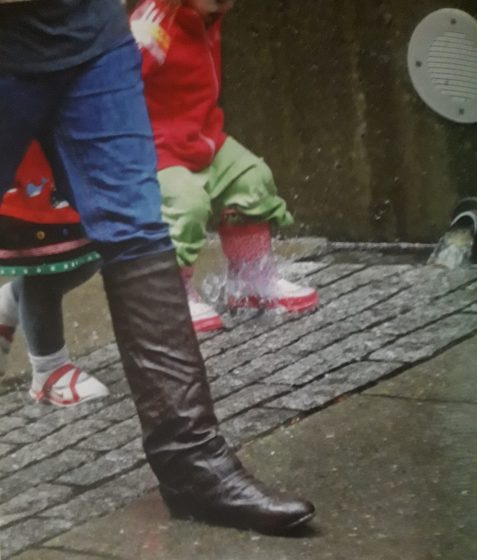
Although the author refers to “landscape” as only the vegetated areas—apparently leaving aside the fact that landscape is much more than that, and that landscape integrates spatial morphology, local identity, welcoming to users, orientation and communication to them, and enhancing perception opportunities, among others—the text covers many details regarding careful interaction with stormwater.
It is understandable that landscape is represented in, as the author puts it, “…vegetative approaches, mimicking nature and natural processes to manage natural and manmade phenomena at the surface and breaking through our perceptions of the limits of urban development” (p. 91).
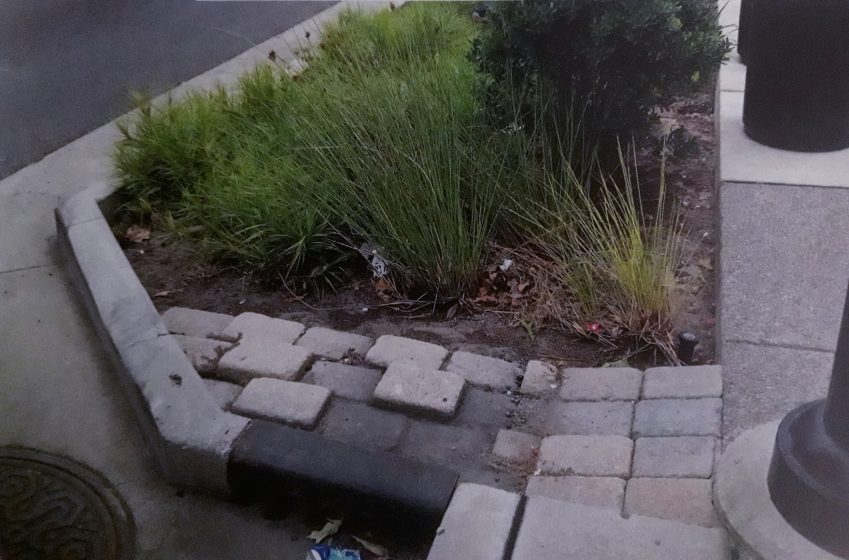
The most relevant bibliography around the topic previously was principally directed, from a reduced technical perspective, at the subject of hydrology, hydraulics, engineering of environment and water, as it is the case of Storm Management by Wanielista and Yousef (published in 1993). Theirs is a quite comprehensive book that explores the economic, financial, political, and social feasibility of stormwater management projects, but still far from the landscape approach. The public and administrative sectors stormwater management has been studied principally by the U.S. Environmental Protection Agency in recent decades, and also there are contributions from other governmental authorities such as the U.S. National Park Service, the National Research Council or the National Resource Defense Council. In terms of shorter publications and journal articles, a good amount of literature can be found directly applied to technical aspects of storm water management and recently, some articles by landscape architects that relate those aspects to landscape.
Liptan delves into the subject and his contribution builds a bridge between the very scientific-technical level and the natural resources participation in the process, and approaches the topic from the sensitive and everyday experience. There is evidence of the beginning of Liptan’s notions of that association from least since 2000 when he presented a motivating paper, together with another author, to the Water Sensitive Ecological Planning and Design Symposium at the Harvard Design School. There they promoted the application of the (at the time) new urban-nature paradigm, displaying the convenience of symbiotic design principles for water plants and soil management, integrated in urban spaces.
The authors have dedicated a complete chapter to the grey to green revolution through the now common green roofs line and related techniques, which includes the vegetative cover of impervious surfaces; a different synergistic way to accept and guide the development and cycles of water and vegetation within the city. Once more, Liptan shares his personal involvement and devotion to the cause, showing the results of eighteen years of work on his own garage green roof. He explains in detail his personal experience, tracing, learning, monitoring and control, that give lessons which could be applied and examined deeply even to register the contents of certain minerals within the runoff. The chapter is complemented by interesting examples of green walls, trees on impervious surfaces, and climbers on trellises.
In general, the authors stress the importance of these steps to follow in contribution to the subject.
- First—a very important one—is the testing of all the accumulated knowledge, built on the numerous experiences displayed in the book applying them on the tropical fringe of the world—such as that of the American continent—within particular less variable climatic conditions throughout the year, as well as a more biodiverse and exuberant growth that represent a huge challenge for strategies that become more and more relevant when the planet as a whole is facing several progressive environmental threats.
- Second, cost considerations. Although it isn’t easy to change the way people see things, it is worth noting that green methods are the least expensive approaches; and bearing in mind that they provide additional perceptual and environmental benefits.
- Third, a change in design inertia. Design through needless impervious areas removal, design with stream daylighting and design porous paving.
- Fourth, operations and maintenance. The mentioned changes in design require new procedures in maintenance, that sure will bring costs saving.
In a phrase: “Designers need to be proficient and broadminded” (p. 248).
To end the work, the authors suggest a view of the future, hoping that the experiences detailed in the book will be “... useful to a better urban design, a more economical and ecological city, and the proliferation of beneficial urban vegetation and wildlife” (p. 248). In short paragraphs, like measured doses, the conclusions of the various chapters are easily collected and absorbed.
It is good to highlight the most relevant of these: that this is the time for new design thinking about long-standing issues, and that with this mission, “… the future rests on the shoulders of those who are most involved in designing every aspect of the urban environment” (p.248). On economics and policy, the authors remind us that green approaches also produce jobs in a wide branch of skills and that there is an urgent task to quantify and establish the economic benefit of vegetative systems when combined with sewer systems. It requires a clear—not easy but environmentally necessary—agreement between the public and private sectors, where the first promote vegetative systems although the sewer service cost rate decreases.
Towards the continuity of developing this landscape approach to stormwater management the authors invite us to remember that mistakes happen, but those few must not be allowed to condemn the success of many.
Definitely, the call to rediscover lost creeks and streams, is one of the topics that deserves more attention and determined efforts. The text leaves it just mentioned but it justifies all efforts. Those hidden water courses indicate the natural direction of hydrological flow; they trace fundamental axes for urban uses and occupation. But having been disregarded, they represent wasted potential in many senses, and require subsequent economical costs to imitate their function artificially. About vegetative stormwater management we should be reminded that “Plants can help us to save us from ourselves” (p. 252). but also that they provide enjoyment of the landscape, cohabitation habitats, and mental health.
Finally, the book is a great provocation to follow and complement the diverse topics related to urban water. It is a call to attend Ikeda’s thought that closes the text: “The challenge to keep something going is more difficult than the initial beginnings of an endeavor”.
Gloria Aponte
Medellín



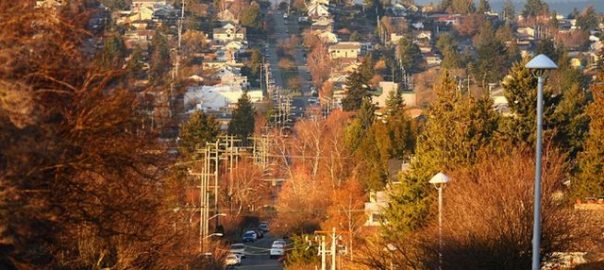

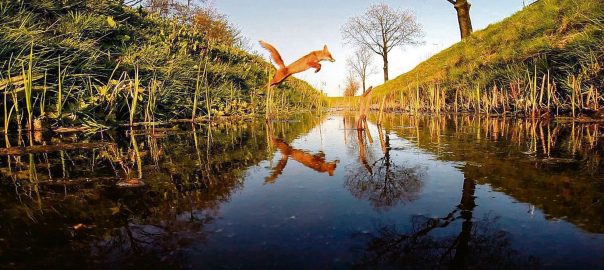
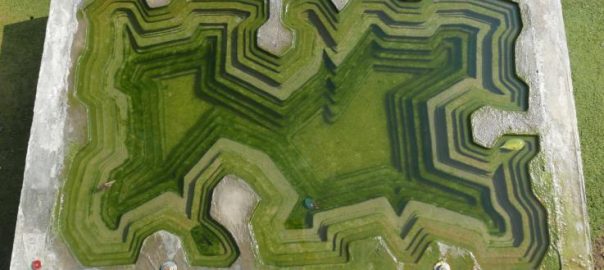
Leave a Reply